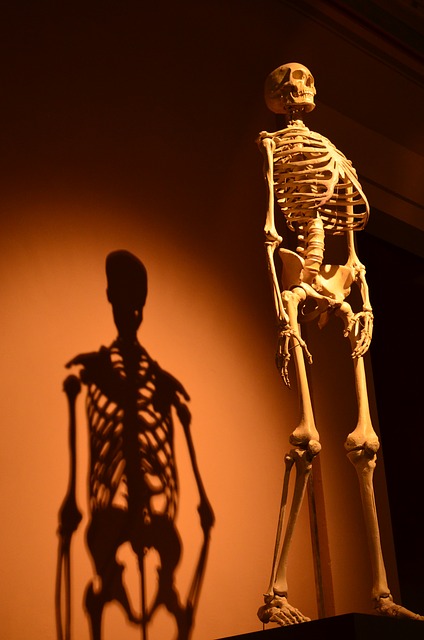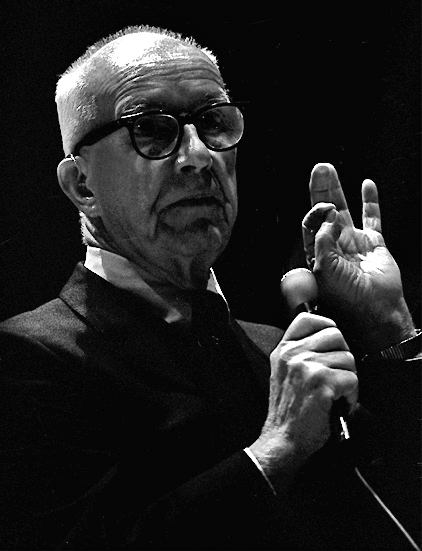Have you ever seen a skeleton held together with wire in a classroom or at a museum?  What would happen if you removed the wire? All of the bones would fall into a heap on the floor! In reality, there are no wires within our bodies. Instead, our bodies are held together with ligaments and soft tissue. Our bones don’t directly connect to one another, but rather the ligaments and soft tissues help hold our bones in place and allow us to move.
What would happen if you removed the wire? All of the bones would fall into a heap on the floor! In reality, there are no wires within our bodies. Instead, our bodies are held together with ligaments and soft tissue. Our bones don’t directly connect to one another, but rather the ligaments and soft tissues help hold our bones in place and allow us to move.
Our body is an example of a tensegrity structure. In tensegrity structures, rigid parts aren’t directly connected to one another with nails or screws, but instead are connected by wires, cables, elastic bands or, in the case of our bodies, soft tissues. The concept of tensegrity is used to build structures in science, engineering, arts and architecture.
“Tensegrity” was coined by Buckminster Fuller in the 1960s; it’s a  combination of the terms “tension” and “structural integrity.” In physics, “tension” refers to the state of being stretched tight and “structural integrity” has to do with how well a structure can support itself without breaking (think of how well a house or bridge is held together when there is an earthquake).
combination of the terms “tension” and “structural integrity.” In physics, “tension” refers to the state of being stretched tight and “structural integrity” has to do with how well a structure can support itself without breaking (think of how well a house or bridge is held together when there is an earthquake).
Researchers at NASA Ames and University of California, Berkeley, are turning tensegrity structures into functional robots, which could be used in the future to explore space and other planets. These tensegrity structure robots could offer several advantages over traditional space rovers. Tensegrity robots can handle more impact than traditional rovers, can be compacted into a small container, and they are also lighter in weight and less expensive.
In the above video, I show you how to make a simple tensegrity model using drinking straws and rubber bands. Here are the materials you will need to create the model:
- six stiff drinking straws cut to a length of five inches
- six stretchy rubber bands
- six smaller rubber bands
- scissors
Follow these simple steps to build your own tensegrity model:
- Cut six straws into five-inch pieces
- Loosely tie small rubber bands on both ends of two pairs of straws
- Place one pair of straws between the other
- Loosely tie a small rubber band around one end of another pair of straws
- Place the new pair of straws between the first two pairs, then loosely place a rubber band on the other end
- Place a longer rubber band into the slit of one straw. Take the rubber band and stretch it over the pair of straws perpendicular to the original straw and over to the other end of that straw
- Take the two middle points of the long rubber band and place them into the slits of the perpendicular straws
- Once you have done this will all the straws, cut the smaller rubber bands that are holding the pairs together
You can create the model as shown, make a larger one or even turn it into a robot. Share what you have created with us in the comments below, or with @KQEDedspace on Twitter and Instagram using #tensegrity.